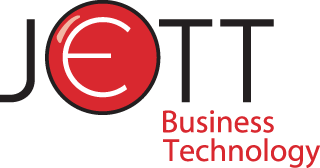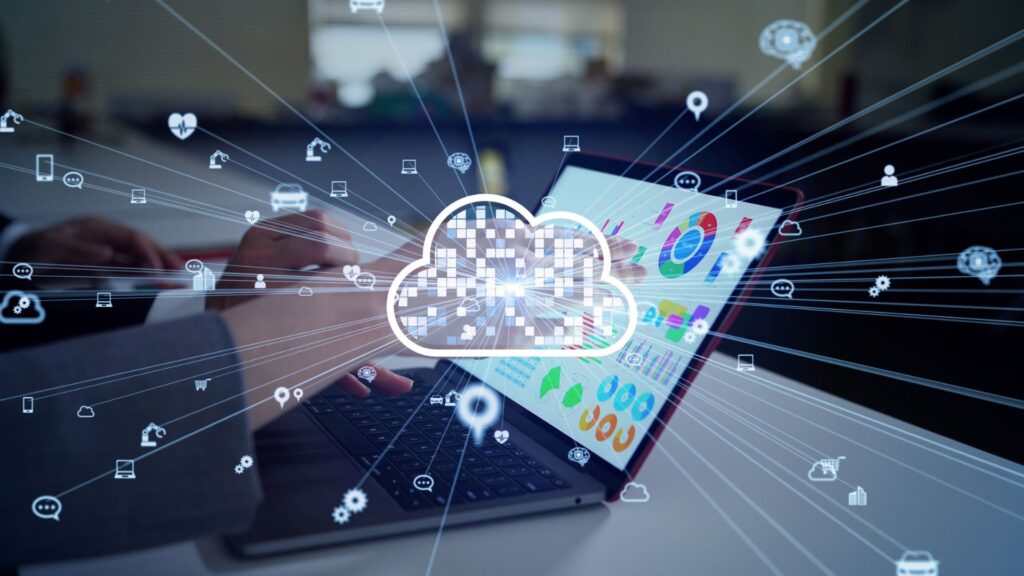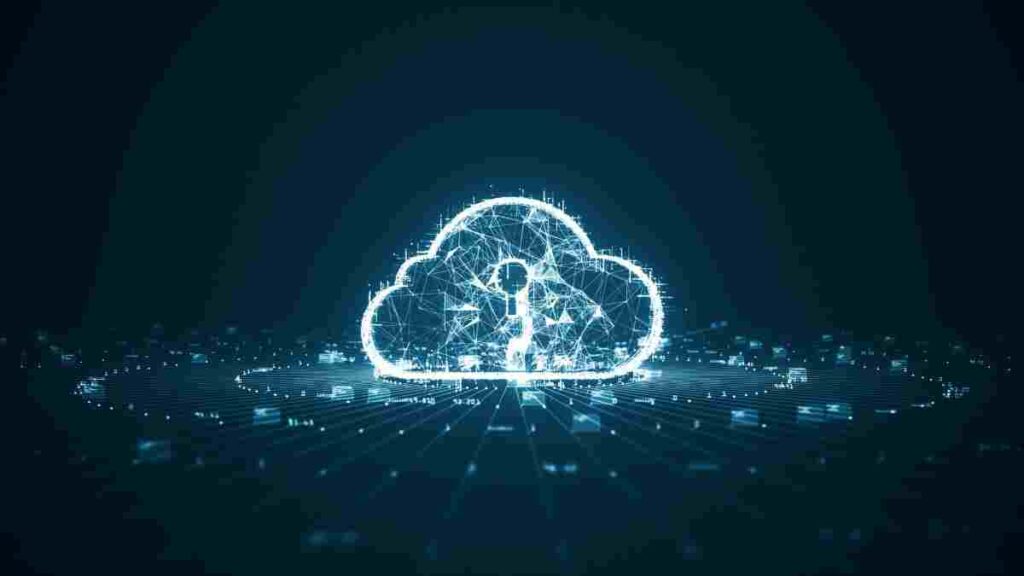Cloud Computing for IT Services—Innovative Benefits
The IT sector has undergone rapid transformation, embracing innovation that has affected how data is managed. The entry of cloud computing is a game changer, bringing in the unimagined possibility of remote working and safe storage for vital data. Almost all IT-related industries are driven by this new versatile and automated development. Those left behind […]
Cloud Computing for IT Services—Innovative Benefits Read More »










